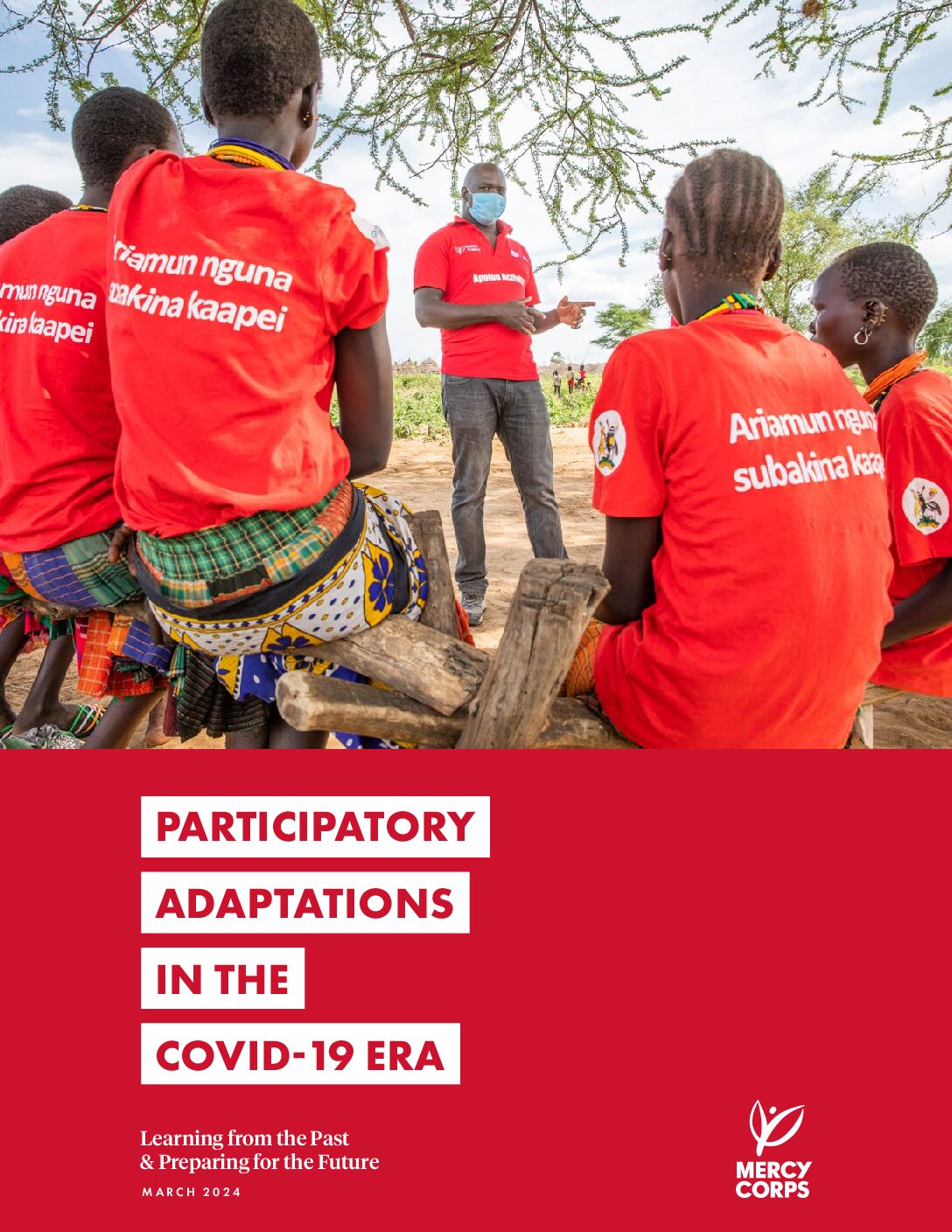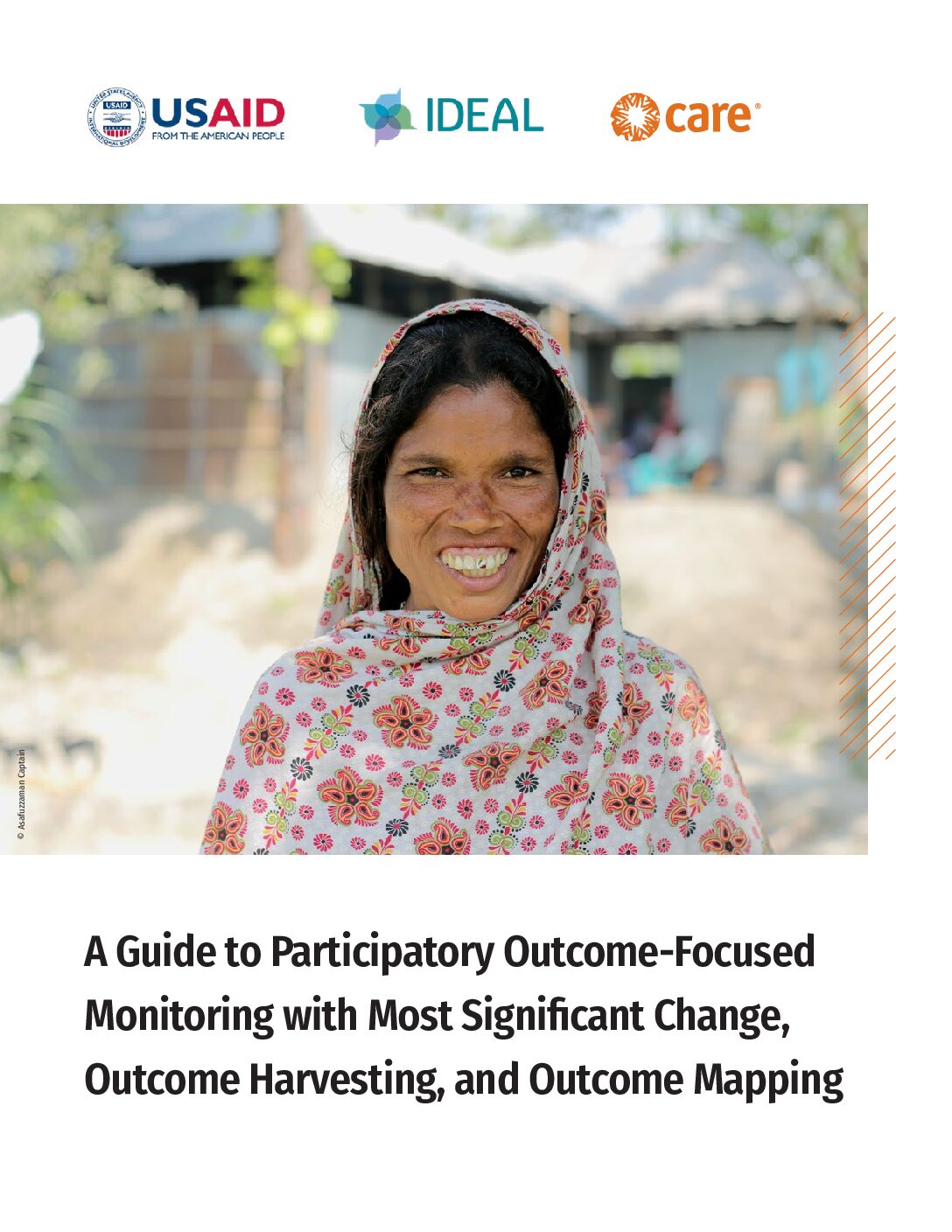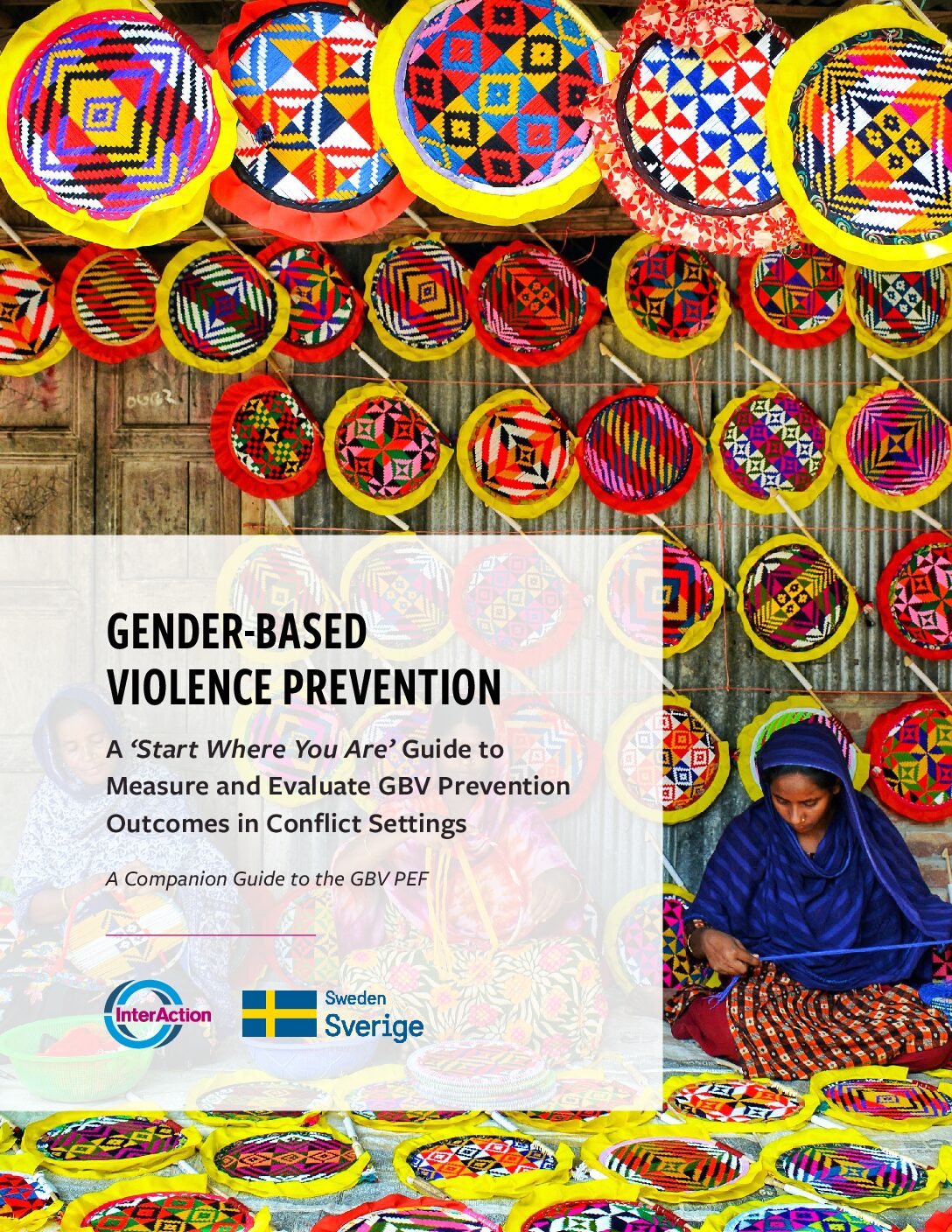In April 2015, the International Committee of the Red Cross and InterAction convened a closed-door roundtable to discuss options for assisting civilians trapped in the midst of hostilities, cut off from essential aid, or facing imminent or ongoing risk of targeted attacks. Roundtable participants included policymakers at the State Department, Department of Defense, senior congressional staff, policy advisors at humanitarian agencies, prominent researchers and human rights advocates, UN personnel, and various elements of the U.S. Armed Services. Without endorsing any one option over another, the outcome report evaluates a number of scenarios to assist at-risk civilians in zones of conflict – including evacuations, safe havens, and no-fly zones – and includes many points that underscore the key elements of Results-Based Protection:
- Extreme situations of violence, such as the contexts discussed during this roundtable, require context-specific analysis and continuous consultation with at-risk populations to appropriately identify and respond to their protection needs.
- It is important to assess the full scope of threats and vulnerabilities which contribute to civilians’ exposure to violence during armed conflict and make every effort to comprehensively minimize these risk factors.
- The broader context of persistent risks to civilians and non-compliance with IHL cannot be ignored, otherwise situations will continue to fall into the category of needing “last resort” options.
- In the case of evacuations, implementers must conduct a risk analysis with a view towards ensuring the evacuation will have a positive impact for civilians. Consent by the relevant warring parties, and clear security guarantees from the parties, are essential to any humanitarian evacuation.
The at-risk population must remain at the center of assessment, planning and execution of evacuations. This means that actors seeking to assist an at-risk population should engage them in a dialogue so as to appropriately identify and respond to their needs.
- Whatever action is pursued, the desired effects and outcomes should be articulated. This requires focusing on more than just tasks, but also how different components of an operation might be sequenced to bring about the outcome.
- The affected community should not be treated as a homogenous group, as some sections of the population experience different risks or are more vulnerable than others; considerations for these vulnerable groups should inform the evacuation planning and implementation. The affected population should understand the process and potential outcomes of the action. Beyond consultation, full and informed consent from affected individuals should be a priority before any action is taken.
- The relationship between humanitarian actors and the population should be a key consideration in planning an intervention. The “population” in any given area includes a variety of actors, including armed groups or other weapons bearers, political actors, and ordinary civilians. Considering the complementarity between disparate actors in any given geographical area can determine which actor may be best positioned to act in the face of the problem to be solved.
- Humanitarian action in a situation with fragmented authorities requires a multi-level approach, whereby humanitarian access should be supported by national and local authorities. This requires that humanitarians strengthen relationships with local actors who can help facilitate access.
Several participants underscored the importance of strengthening relationships with local actors who can help facilitate humanitarian access in a context with fragmented authority.
- Also important for any action are assertive leadership, flexibility to adapt to evolving dynamics, and an ability to advocate for certain standards to be met on the part of humanitarian agencies and other actors carrying out operations to assist at-risk civilians.


